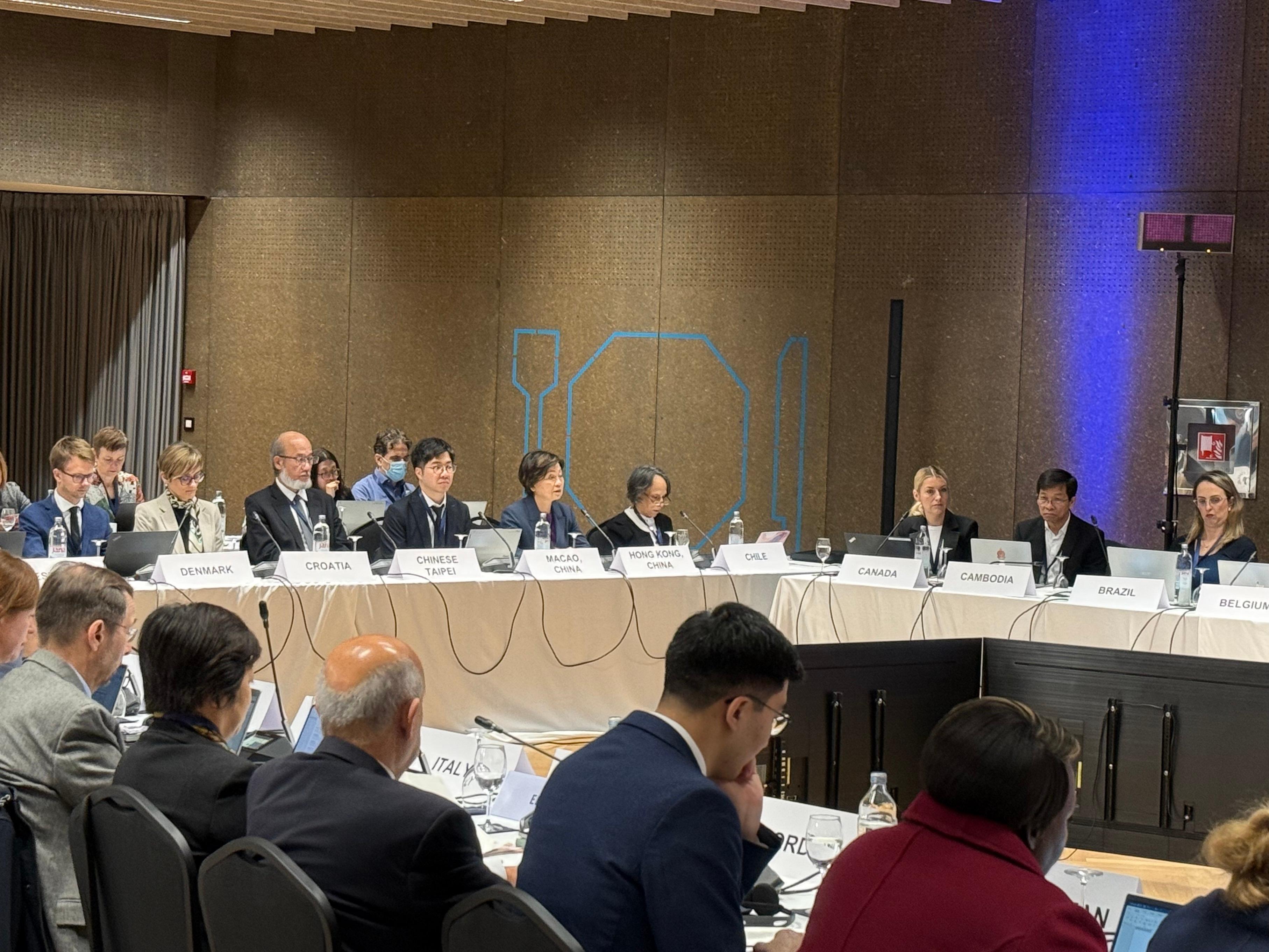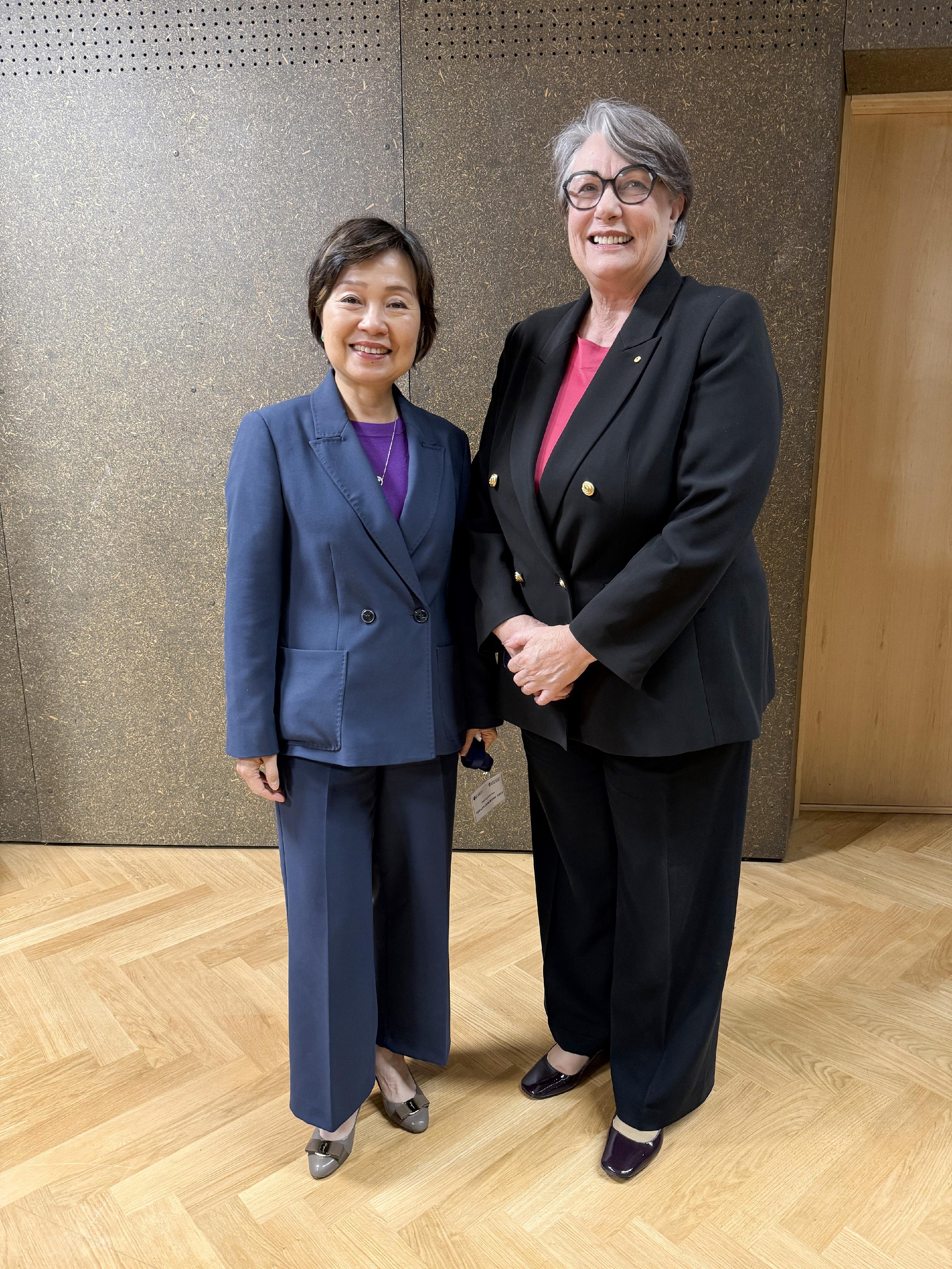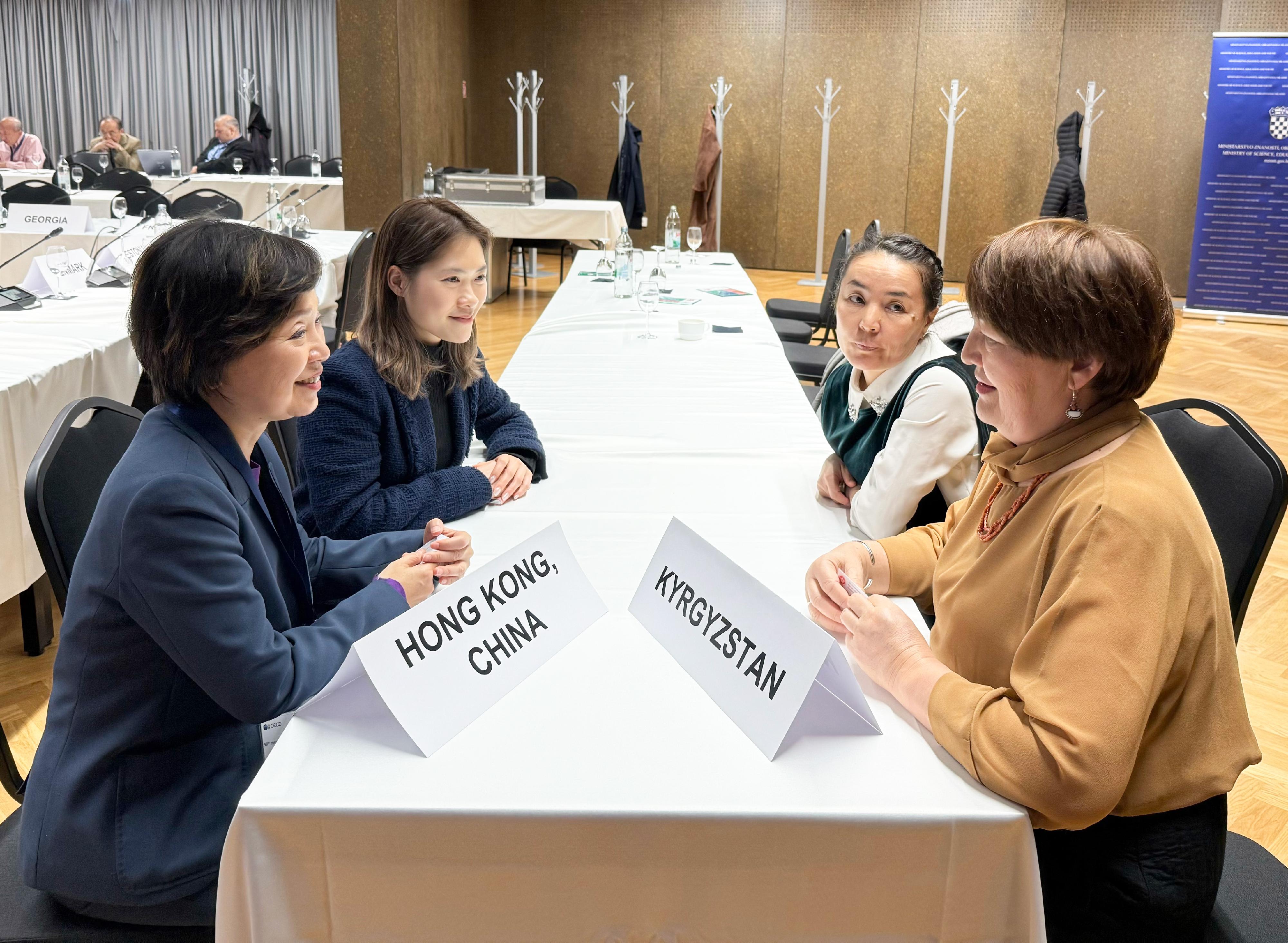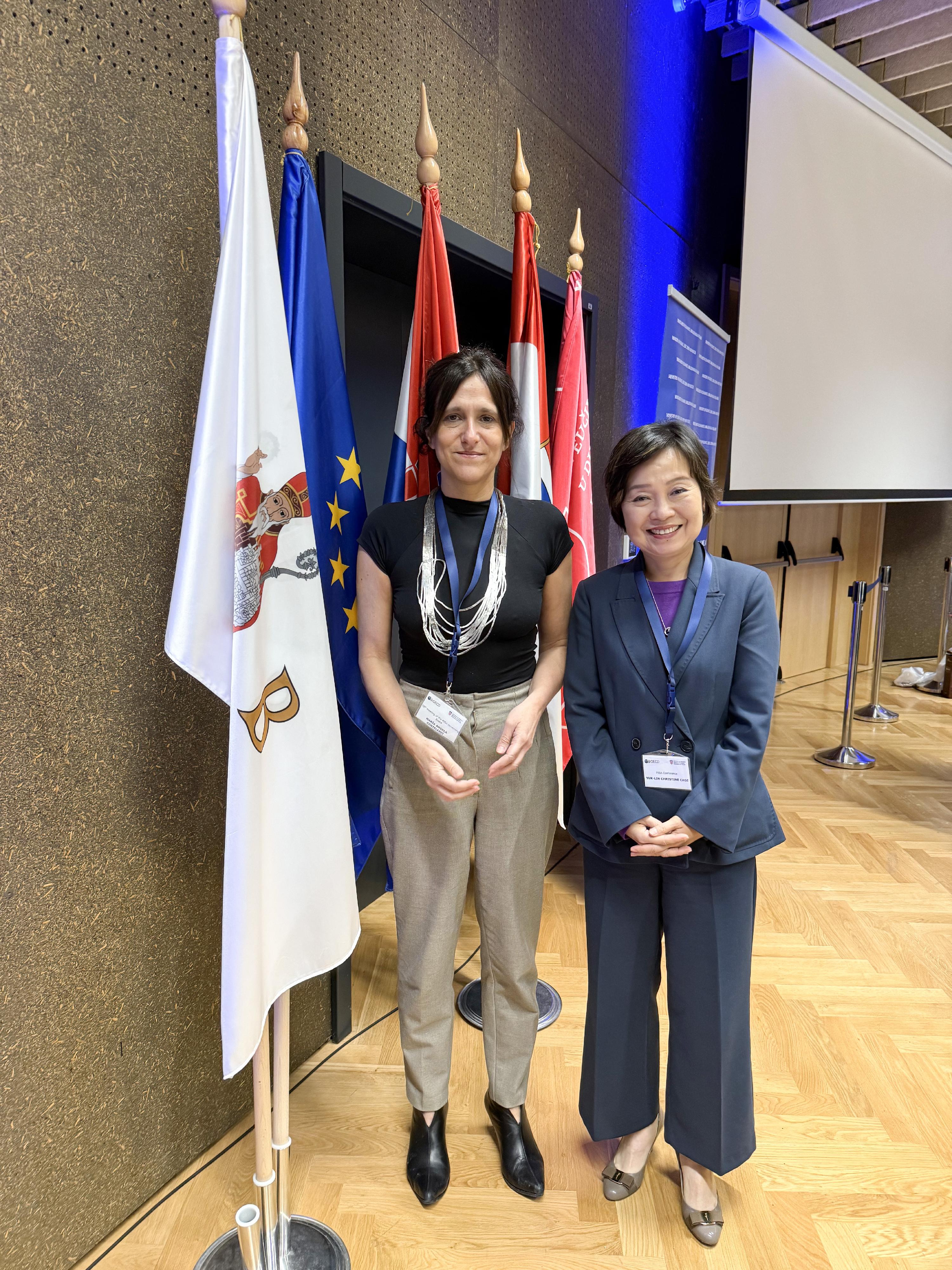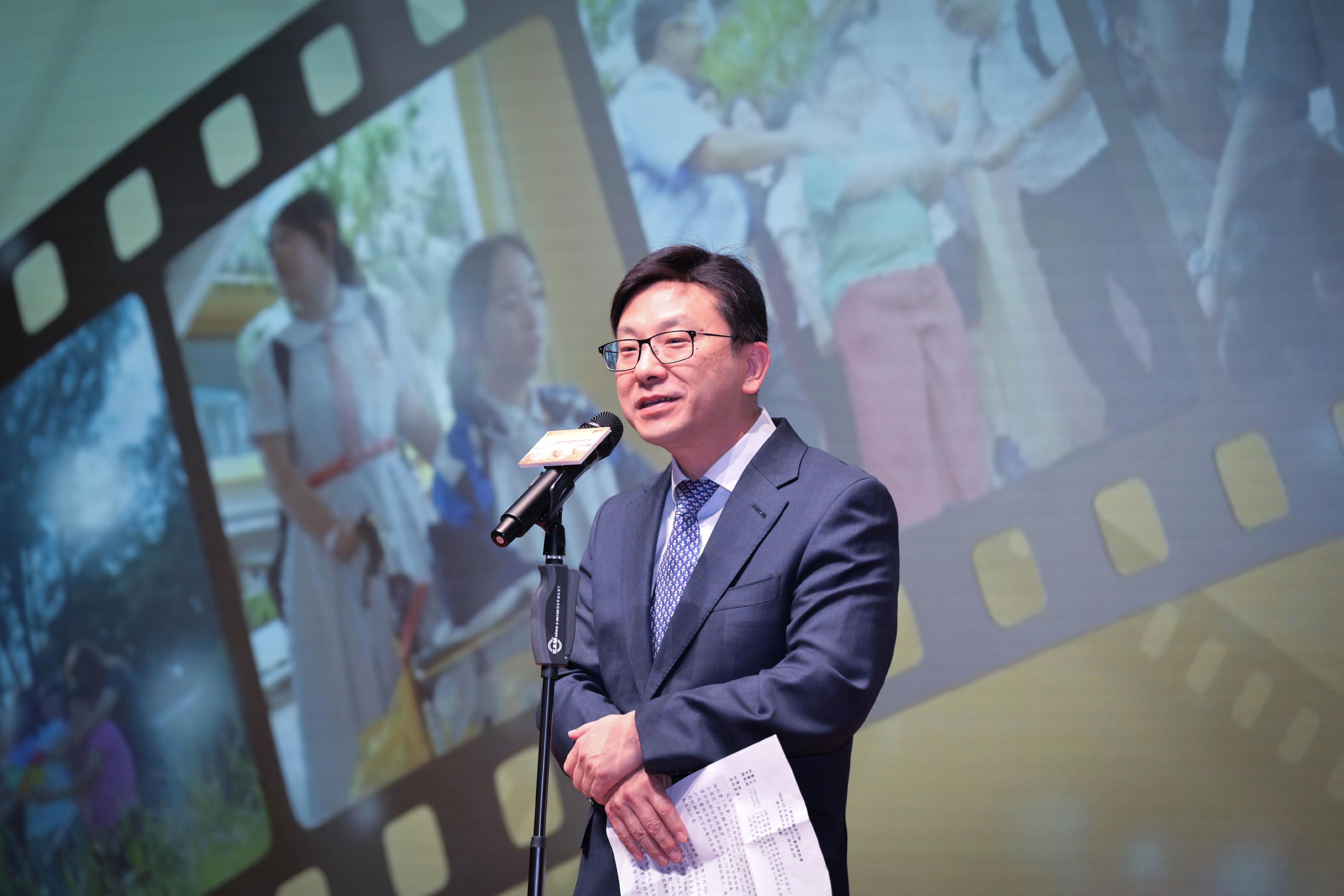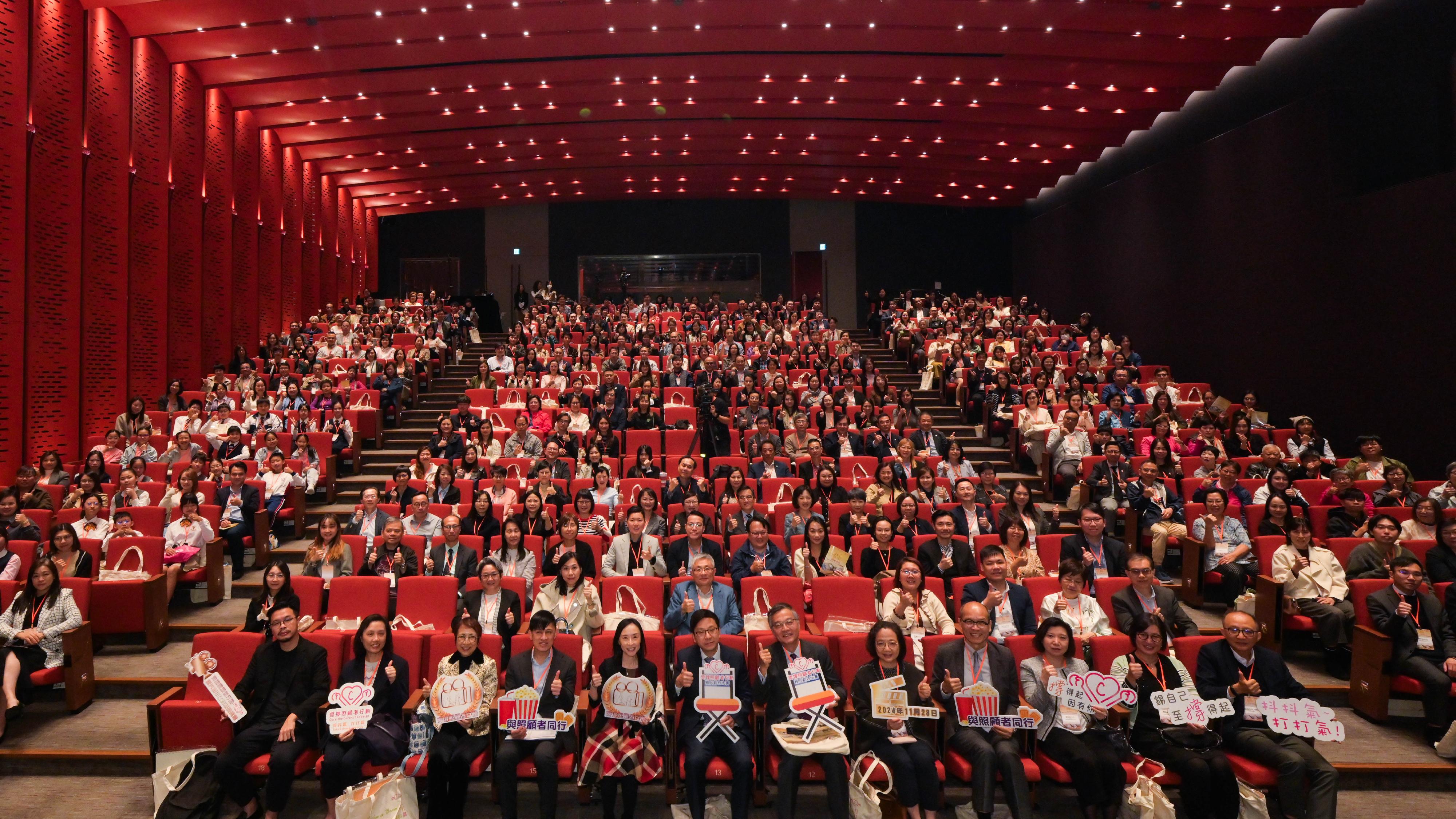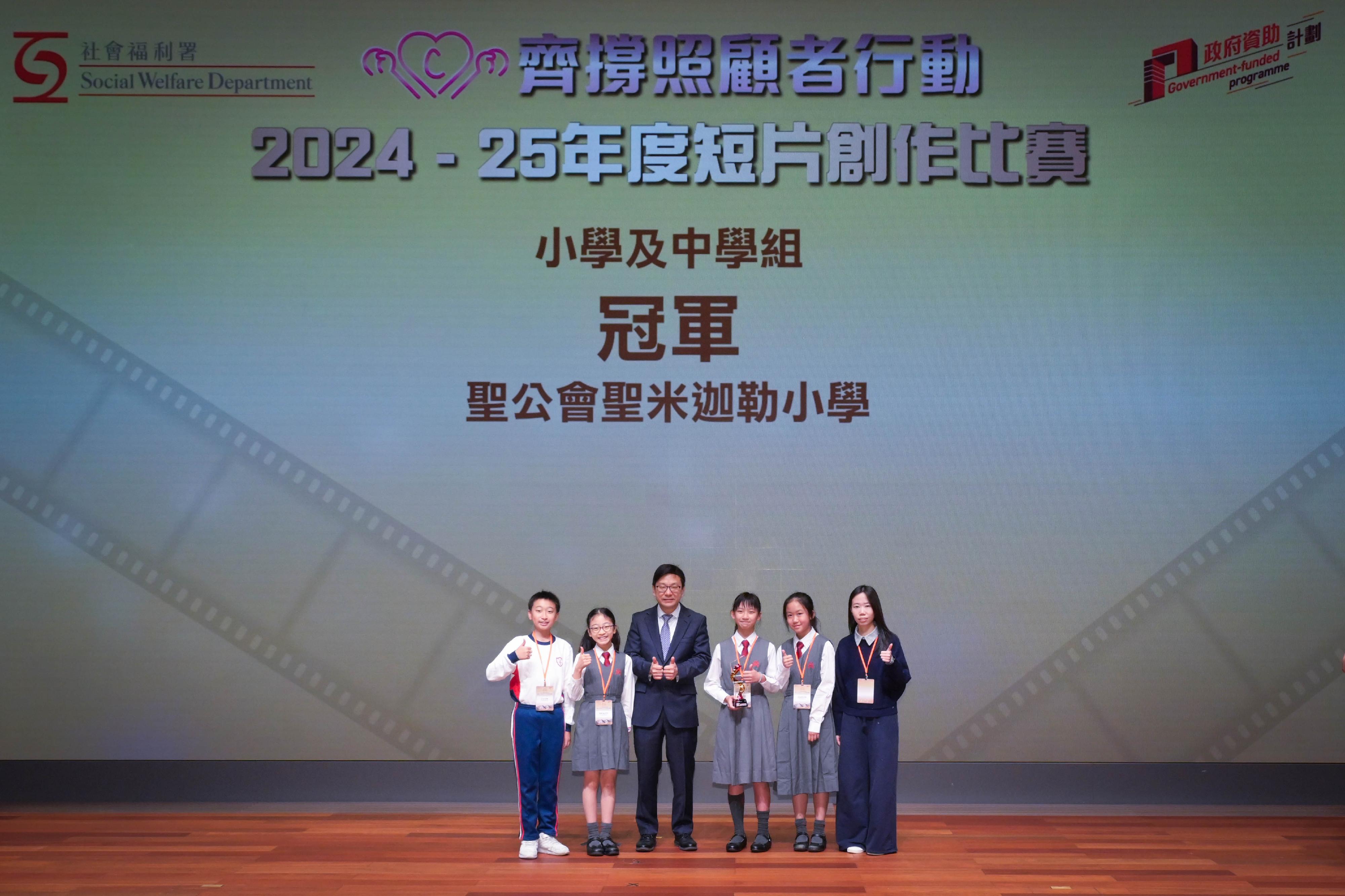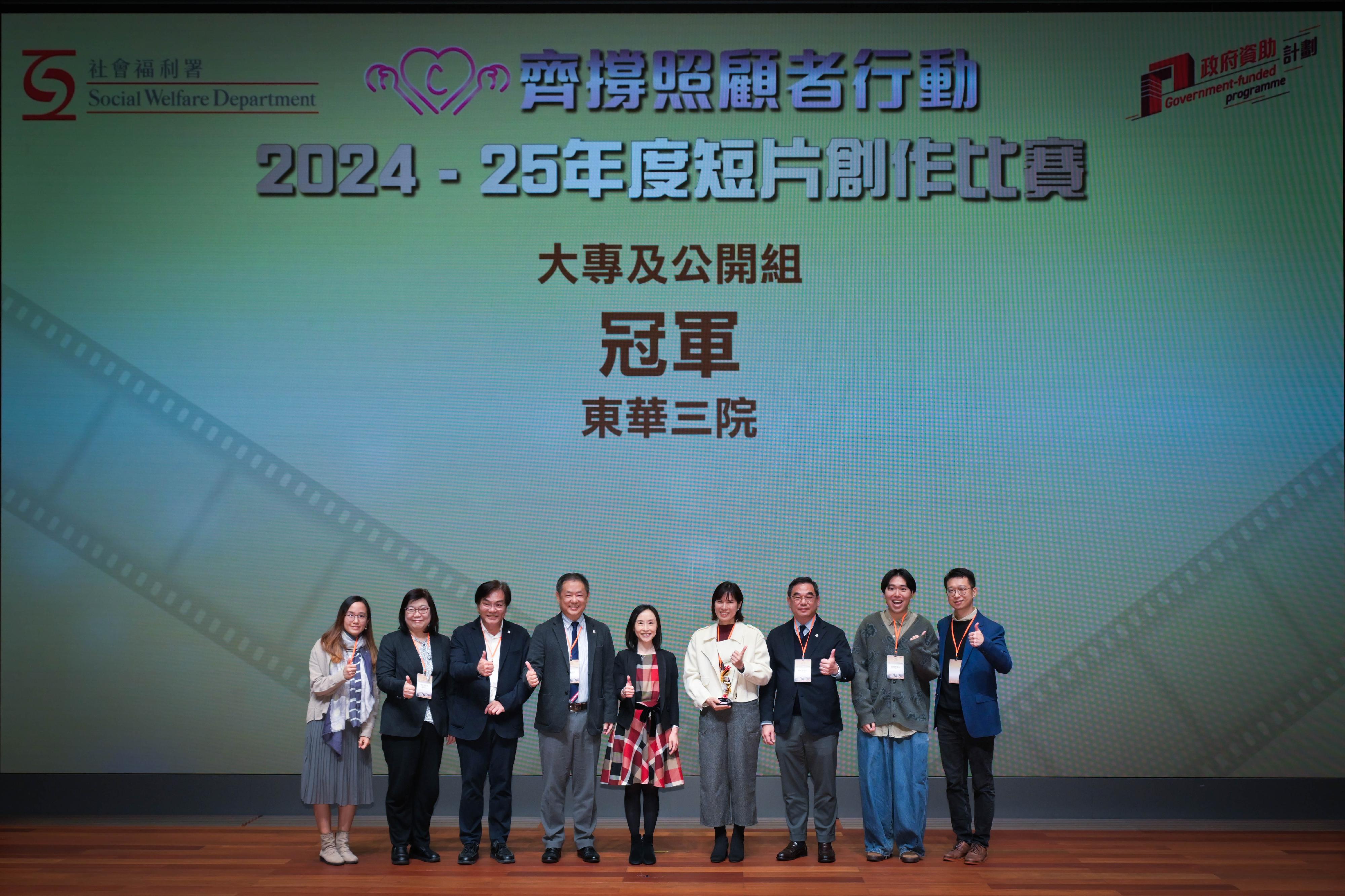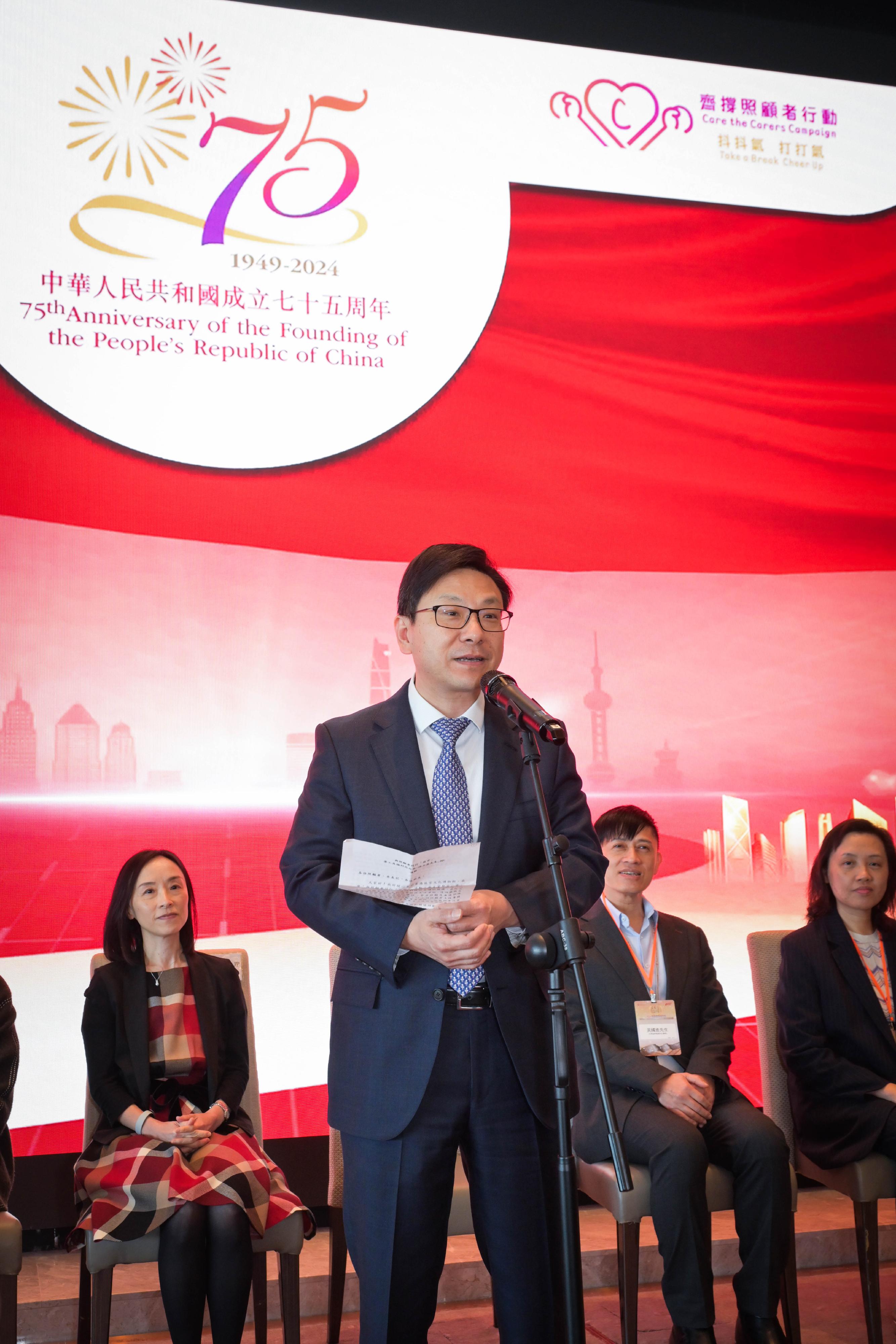Youth Development Commission convenes 17th meeting
​The Chief Secretary for Administration, Mr Chan Kwok-ki, chaired the 17th meeting of the Youth Development Commission (YDC) today (November 28).
At the meeting, members were briefed by government representatives on initiatives relating to youth development in "The Chief Executive's 2024 Policy Address". Members support the Government's sustained efforts in promoting youth development, and were pleased to note that the Policy Address has introduced a series of measures to expand spaces and network for youths and strengthen the support for young people to develop their potential.
Apart from implementing at full steam the various youth initiatives in the Youth Development Blueprint (Blueprint), the Government is planning to set up different youth facilities to provide more physical spaces for young people, including a "Youth Post" hostel and spaces for culture, arts and sports exchange in the Kai Tak Community Isolation Facility, a physical platform for members of the Youth Link in the Nam Cheong District Community Centre, conversion of part of the Youth Square to establish a new interactive space and a video studio. Moreover, in order to support young people in their search of future direction, the Home and Youth Affairs Bureau will also launch a new round of the Funding Scheme for Youth Life Planning Activities to sponsor non-governmental organisations in providing enhanced support services with more content relating to national affairs.
Mr Chan said, "The new Policy Address demonstrates the Government's unwavering commitment to promoting youth development on a long-term and ongoing basis. The Government will continue to work closely with the YDC and bring together all sectors of society to take forward the various youth development measures stated in the Policy Address and the Blueprint, and create more opportunities for young people to thrive."
